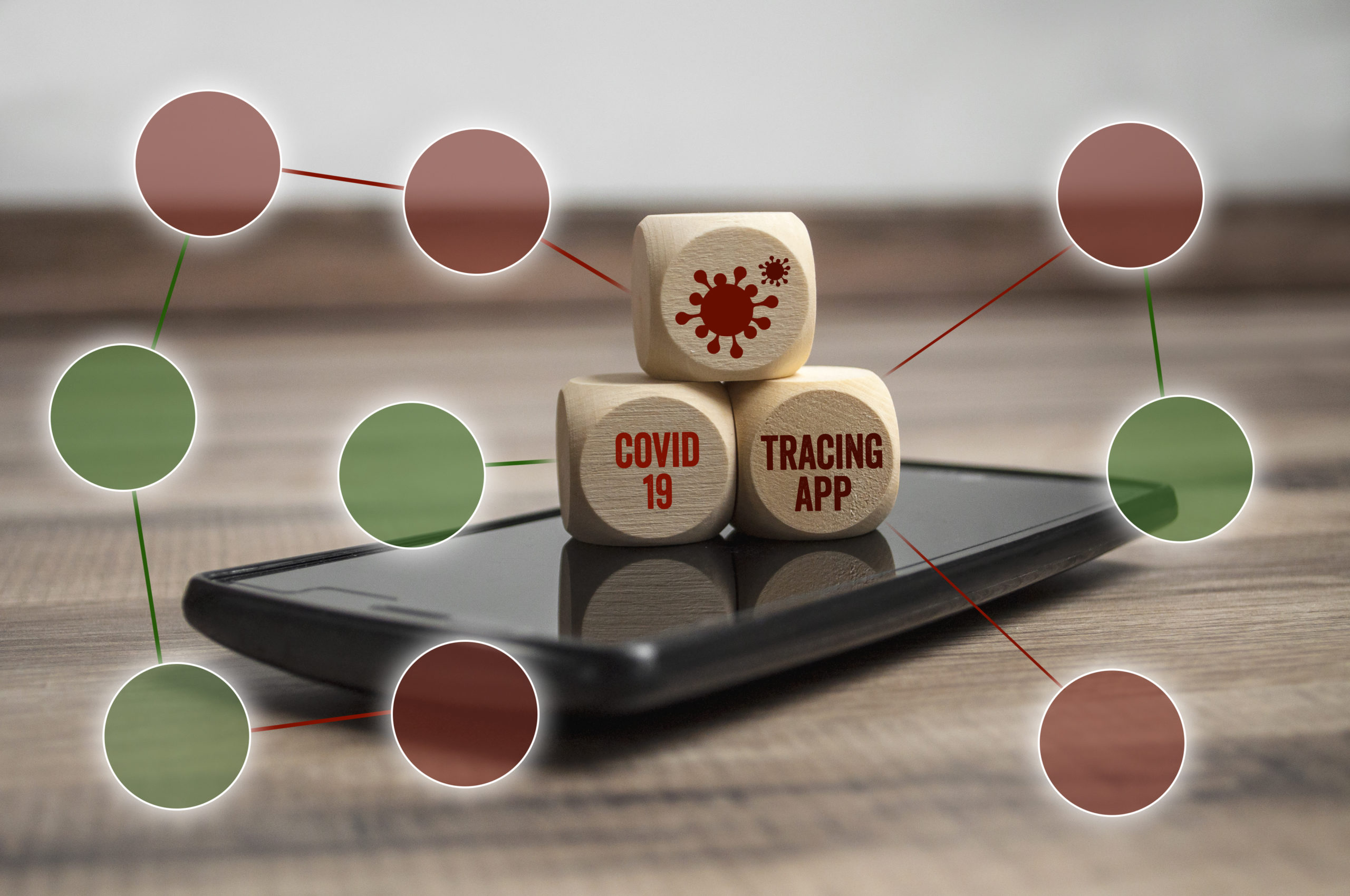May
01
COVIDSafe App
The Australian Federal Government has recently launched COVIDSafe, a coronavirus tracing app designed to slow the spread of the virus by helping health authorities identify people who may have come in contact with someone diagnosed with COVID-19. The COVIDSafe app developer is the Department of Health based off the Blue Trace protocol developed by the Singaporean Government for their TraceTogether app.
COVIDSafe App Developer
Due to the nature of the tracing app and subsequent concerns regarding privacy and security, many are wondering – Who developed the COVIDSafe app? Was the COVIDSafe app developed in Australia in-house or outsourced? The answer is the COVIDSafe app was developed in Australia by the Department of Health using Kotlin language for Android and Swift for iOS. The Australian Government owns the intellectual property rights.
Is COVIDSafe Compulsory?
Australians can choose whether or not to download the COVIDSafe app, however, Scott Morrison warned that for this strategy to work at least double the reported 20% voluntary take-up rate of the TraceTogether app in Singapore would be required. That number translates to 40% of the population, or around 8 million Australians. Up until yesterday, 4 million Australians had downloaded the app.
“Here’s the simple deal – if people download the app, and more people have got it, the more soon we can start easing off on some of these restrictions,” Morrison said.
True; yet – Is this the best way to incentivise or even convince people to download it? Sounds like a carrot and stick approach and most of us are well-equiped to identify this type of policy but it may just work. After all, we all want to go back to normal, or at least a ‘new type’ of normal whatever it may be.
COVIDSafe and Total Downloads
The government is definitely doing what’s necessary to have more Australians download the COVIDSafe app. If you have an Australian phone number, you may have recently received the following text message:

However, the topic of app downloads is not exclusively related to the mobile application itself but to a more intricate set of external factors influencing users’ behaviours, starting by the fact that getting people to download ANY app these days is a hell of a lot of work. Gone are the days when mobile apps were a novelty, let alone easy choose from. From 500 apps available for download from the App Store and Google Play in 2008, that number is now estimated to reach 2.6 million for Android apps and 2.2 million iOS apps. It is easy to see how that staggering number is reached: App Stores publish thousands of new apps each day, with the Apple App Store’s 5,600 new iOS apps leading the way.
Second is the issue of data protection and privacy. A number of recent serious data breaches come to mind that may linger in people’s mind and thus affect their trust. Facebook’s 2019 data breach affecting almost 20% of their 2.3 billion users is one almost everyone remembers. Also, the concept behind how the COVIDSafe app tracks your movements is confusing and raises privacy concerns for many Australians. The app uses Bluetooth technology to track when people are close to other app users, so surely it must track and store every other movement we make which makes the decision to download COVIDSafe even more questionable for some. Well, the good news is that the app does not have geolocation capability meaning it does not collect data on a user’s location, only on the proximity to other user who has also downloaded the app. If you are not technical, this is confusing to say the least! If it helps to put your mind at easy, Peter Dutton announced new legislation that would make it illegal to force anyone to handover data from the app, even if they had registered and tested positive.
Third reason relates to consumer behaviours. People in Australia are simply not used to strict government surveillance. And this leads me to the next topic…
China’s existing QR code system considered a ‘big plus’
In contrast to the rest of the world, Chinese population has long been using their mobile phones to scan QR codes thanks to payment platforms like AliPay and WeChat Pay. I recently spoke to a client who told me, “I just had an hour chat with my Chinese business associate who fully explained how they were able to control the virus. Apart from lockdowns at home, all movements were via QR codes so if they went anywhere they QR coded in and out of every location and when they got home. In a recent case, a girl came back from Europe and they knew she had possible touch points with 56 people from the QR codes and all 56 were able to be contacted for testing etc. In lockdown, food was delivered to a football oval near the house… Naturally, the chances of Australians, Americans and Europeans showing that level of discipline is ZERO even tho this is a 100-year event.”
Discipline aside, as the habit is already being formed even a variation to the system is not difficult for people to adopt. China’s QR health code system to fight Covid-19 appears to help bring relief for some. The green/yellow/red QR codes indicate whether people are safe to move around the city freely (Green) or at risk of contracting the virus (Yellow and red), forcing them to self-quarantine. “This system in Hangzhou was the inspiration for what will soon become a national health code system accessible through Alipay, according to the team behind the widely used mobile payment app at Ant Financial”, Josh Ye said.
In contrast, Australia has a steep and arduous mountain to climb. Perhaps we should learn from China’s existing QR system and how crucial is has become to fields other than the obvious payments and surveillance.

